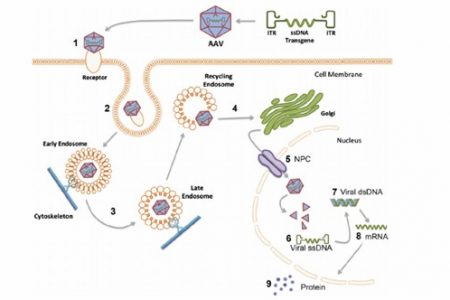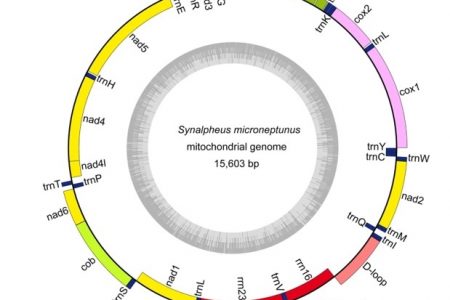
Chromatin vs. Chromosomes: What’s the Difference and Why It Matters
Introduction Within cellular biology, chromosomes and chromatin function as essential vehicles for genetic material, fulfilling crucial functions during various phases of cellular existence. Chromatin represents the intricate association of DNA with proteins residing in the nuclear compartment, while chromosomes emerge as highly condensed formations when cells undergo division. These structures collaborate to maintain genomic integrity […]


 Sample Submission Guidelines
Sample Submission Guidelines







